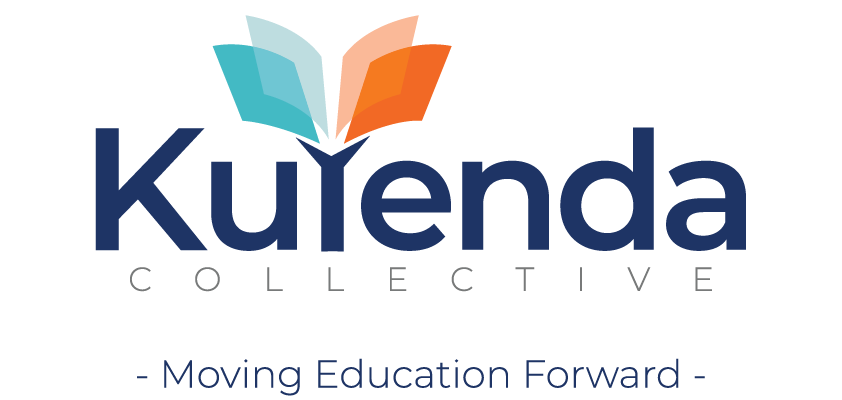Key Considerations from the Kuyenda UX Research

Country Overview
Agriculture remains a key driver of economic growth in Zimbabwe, mining exports have increased, and tourism, trade and transport are expected to improve with knock-on effects in other sectors. Youth populations are a key focus of economic empowerment policies in the country through public-private partnerships and development actors such as Care International with the Youth Empowerment Programme, among many other such programmes. Zimbabwe’s inflation which danced around the 800% mark in 2020 but managed to come down to 60% by December 2021. Despite coming down to 60%, the impact was still felt on the national budget eroding the value of allocated resources for sector expenditure.
Education System Information
According to the reading assessment done in Zimbabwe for Shona, English and Ndebele for children aged 7 to 14, the percentage of children who could correctly read 90% of the words in a story was 60%, with the urban areas averaging 77.9%, and the rural areas averaging 54.7%. (ZimStat: Multiple Indicator Cluster Survey 2019). The same report indicated that 24.6% of children demonstrated fundamental literacy skills, with urban areas averaging 41.4% and rural areas averaging 19.1%.
At 88.8%, Zimbabwe is one of the countries with relatively high primary school completion rates (UNICEF: Budget Brief 2021). The Learner to Teacher Ratio (LTR) of 40 and 38 pupils per teacher for ECD and primary education, respectively, in 2019, is relatively high, making Zimbabwe one of the countries with the highest LTRs. 28% attendance for Early Childhood Education which is very low. 9% Upper Secondary School attendance. 89% of children complete primary school, and 15% complete upper secondary
About 50% to 80% of students complete primary school, and 40% of students continue with secondary education.
Key Stakeholders Identified by Rural Youth
Key stakeholders in education are Chiefs, Councilors, District School inspectors, school heads, village headmen, politicians, and NGOs.
Challenges Identified by Rural Youth
-
- lack of infrastructure and resources
- distance to schools due to few schools
- gender exclusion
- the digital access gap

